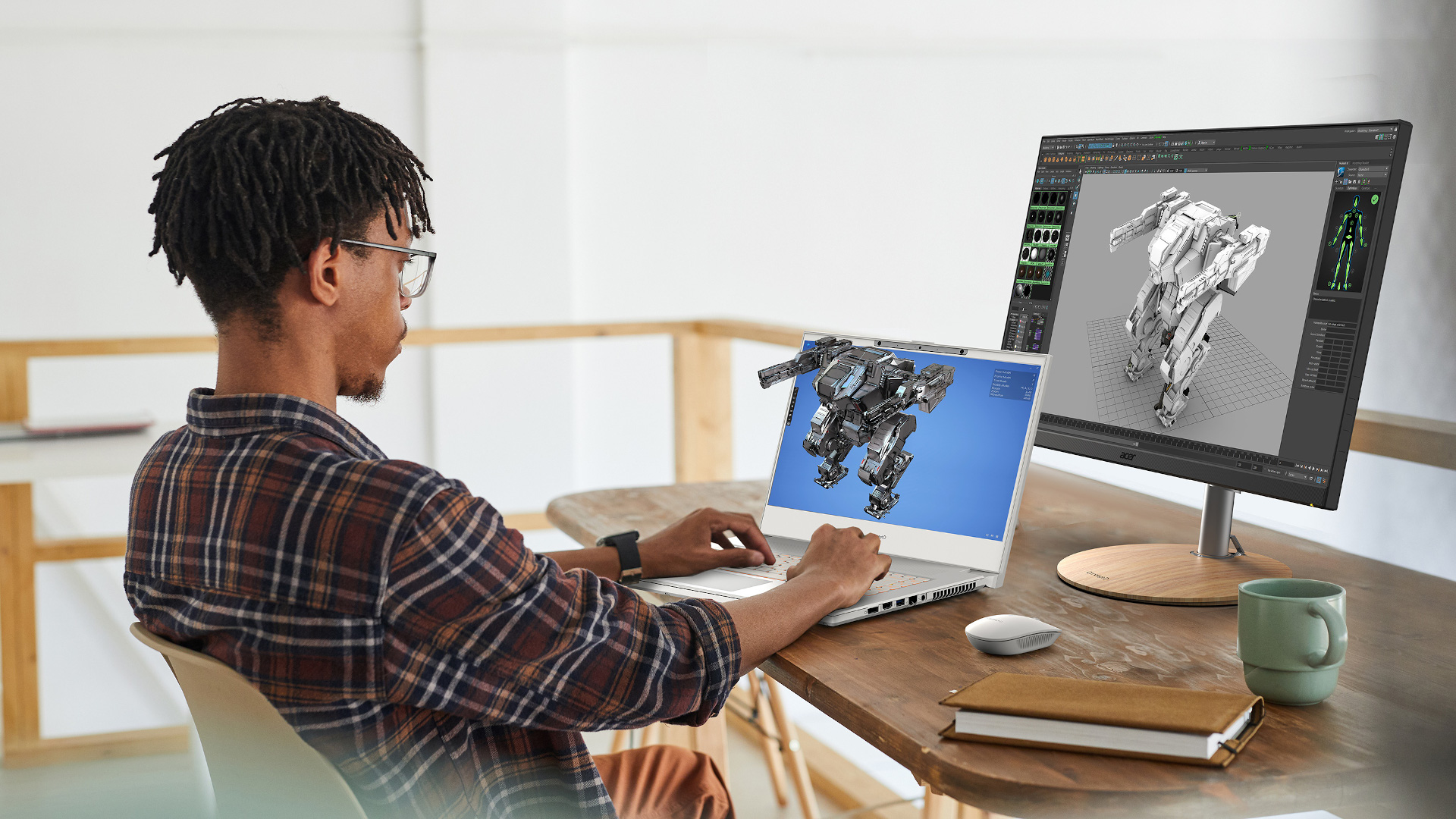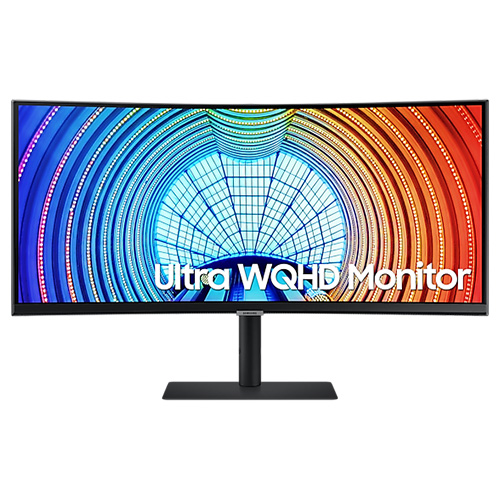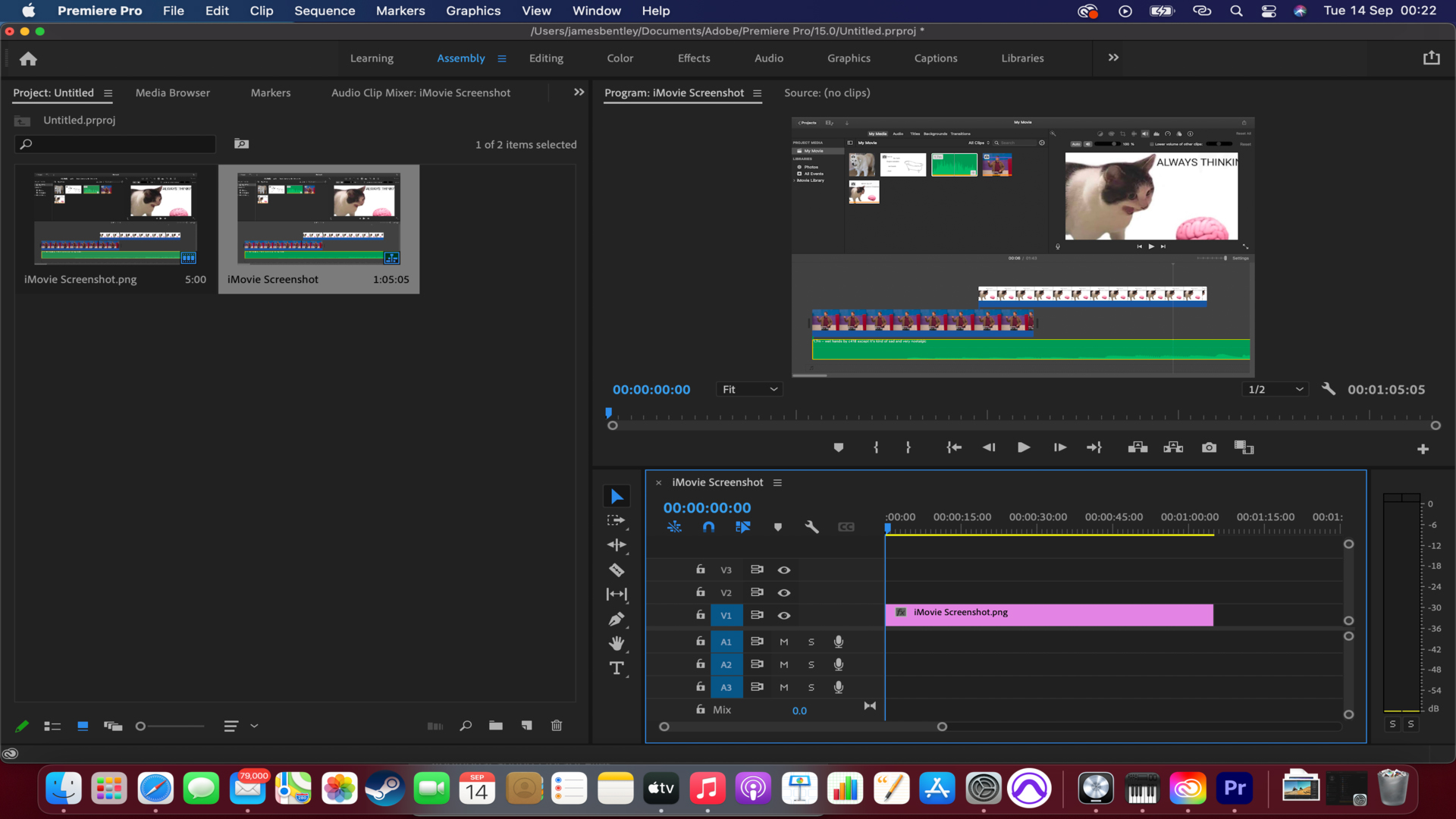5 things to consider when selecting a video editing PC
For video editing PCs, display, storage, and internal power are important

Are you searching for the best video editing computer? These days, there are plenty of options to choose between, from high-end desktops with mind-blowing internals to lightweight, highly portable laptops.
No matter whether you're working on a candidate for next year’s Oscars or simply stitching together a few home videos, we’re here to help you work out what factors to take into consideration when looking for your next video editing PC.
As the late, great Philip Seymour Hoffman once said, “the film is made in the editing room”. In other words, the edit is arguably the most important part of creating any movie, so pay attention to the list below to make sure you select the right tool for the job.
1. Decide if you want a desktop or a laptop

The best video editing laptops today include options such as the 16-inch MacBook Pro - which sports a bezel-free, wide color gamut display - and the super-thin Acer ConceptD 7. The ConceptD 7 is so light that you’ll hardly even notice it in your backpack.
However, even though there’s no question that some laptops are perfectly capable of cutting, color-correcting, and rendering movies on the go, desktops still have a monopoly on serious editing power. Take the iMac Pro 27-inch, for example. Its Radeon Pro Vega 56 graphics card benchmarks almost twice as fast as the GPU in the top-of-the-line MacBook Pro, and it can be configured with a mind-boggling 256GB of RAM.
Of course, besides power, a key reason to use a desktop setup for video editing is that working with your footage on a large display is a far nicer experience. Precise pixel-by-pixel modifications can be exhausting to perform on the best equipment, but they become far more so if you’re squinting at a 13-inch monitor.
Prefer Apple devices? We've reviewed the best video editing Mac and MacBook laptops.
Sign up to the TechRadar Pro newsletter to get all the top news, opinion, features and guidance your business needs to succeed!
2. Get a roomy SSD, or two

In terms of storage, you’ll normally be able to choose between a PC with a HDD or an SSD. Although HDDs are cheaper, they’re also slower and less reliable, so opt for an SSD wherever possible. HDDs can really start to struggle under the strain of working with 4K footage, so you might see stuttering frames when compiling multiple clips on an HDD-based PC.
In fact, if you are considering picking up a video editing desktop or a high-end laptop, you might wish to configure it with multiple SSDs. By doing so, you’ll be able to isolate your completed projects, source footage, and operating file system from each other.
3. Get the internal specs right

When configuring your own video editing PC or searching through pre-built model lists, there are three key internal specs you need to pay attention to. These are the CPU, the amount of memory, and the graphics card.
The central processing unit—commonly referred to as the CPU—is the brain of your video editing PC. Modern editing software suites have the capacity to take advantage of hyperthreading and multiple CPU cores, so there’s a lot to be said for going for picking up a powerful processor. Any 9th or 10th generation Intel i5 or i7 chip will have plenty of power, but the AMD Ryzen 5 3600 is a speedy option that won’t break the bank.
Random Access Memory—or RAM—determines how much data your video editing software can work with at once. To handle regular 1080p files, find a PC with at least 16GB of RAM. On the other hand, look for a computer with 32GB or more if you’ll be working in 4K frequently.
Your computer’s graphics card, which also might be referred to as its graphics processing unit or GPU, is responsible for rending imagines and accelerating video editing operations. The main thing to look for here is a PC with a dedicated, as opposed to an integrated, GPU. A fast GPU like the NVIDIA RTX 2080 will make a great addition to any video editing PC, but remember that pairing it with a comparatively slow CPU will result in a performance bottleneck.
4. Find a model with a high resolution, color-accurate display

No matter how good your PC’s internals are, your creations will always fall short of the mark if you don’t edit them on an adequate display. If you’re planning to go down the desktop route, it’ll be easy to upgrade to a better external monitor sometime in the future. However, if you are about to splash out on a laptop to edit on the go, be sure to find one with a high-quality panel built-in.
If you shoot in 4K already or think you might upgrade to 4K equipment in the future, a PC with a display of 3840 by 2160 pixels or more is a must-have. Without this, you won’t be able to edit your footage at full resolution.
Another display attribute to consider is color accuracy. For professional video editors, this is every bit as important as resolution. That’s because color grading—a key stage of video post-production that can completely change the tone of a film—is only possible on a properly calibrated panel.
For more help, we've rounded up the best monitors for video editing.
5. Budget for your video editing software of choice

The cost may inform many of the choices you have to make about editing rig set up.
There’s no need to purchase a multi-thousand dollar PC to edit your home movies, and you can easily learn how to edit videos for free. However, a high-end video editing set-up can easily rack up a large bill if you’re not careful. To avoid going into the red, factor in the price of any software you’ll need to purchase for editing while selecting your PC. You’ll likely be buying both at the same time.
Unfortunately, premium video editing software packages don’t come cheap. A single license for Apple’s Final Cut Pro is now listed at $299.99. Meanwhile, Adobe—maker of Premiere Pro and After Effects—has switched to a subscription model, charging upwards of $20 a month for its most popular video editing tools.
In the end, your budget may make many of the decisions about how to configure your video editing PC for you. If you were torn between opting for a desktop and a laptop, for example, you’ll find that a desktop will give you significantly more video editing power for your buck.
We've tested out all the best video editing software and the best free video editing software to help you find the right one for your next project.
For more creative tools, we've reviewed the best video editing software for beginners.